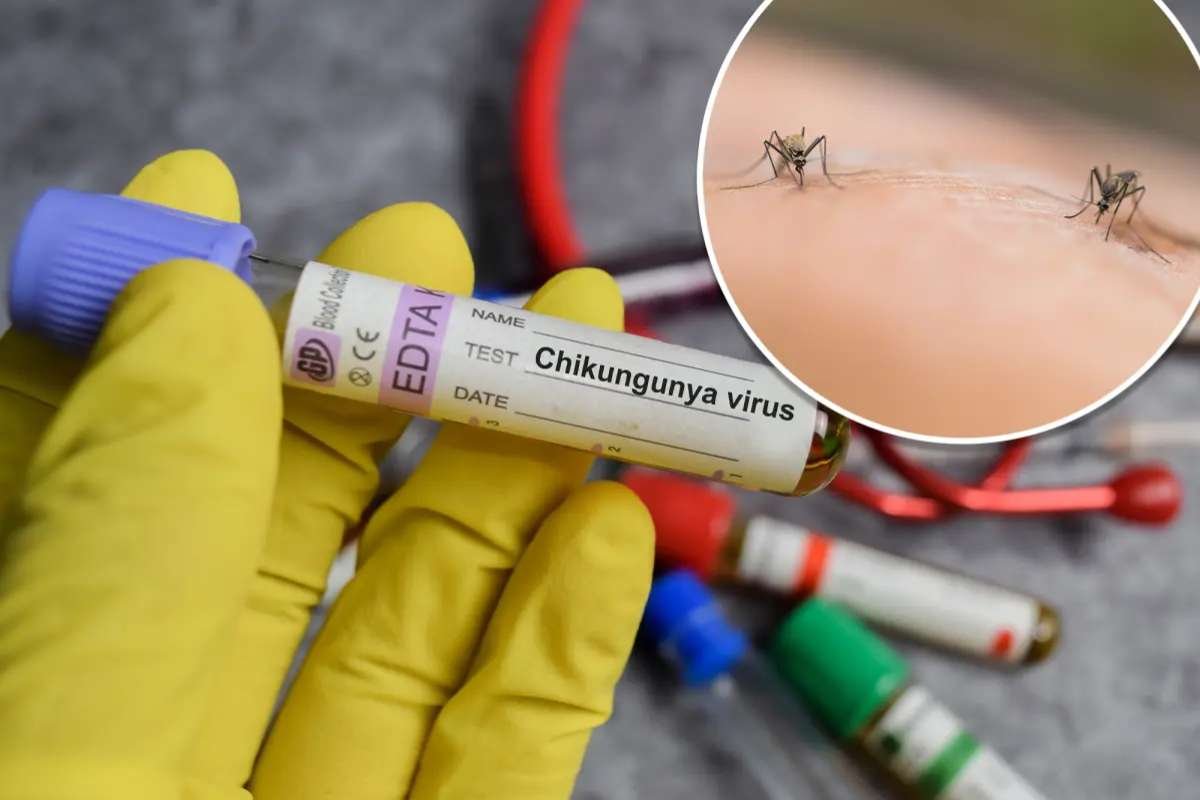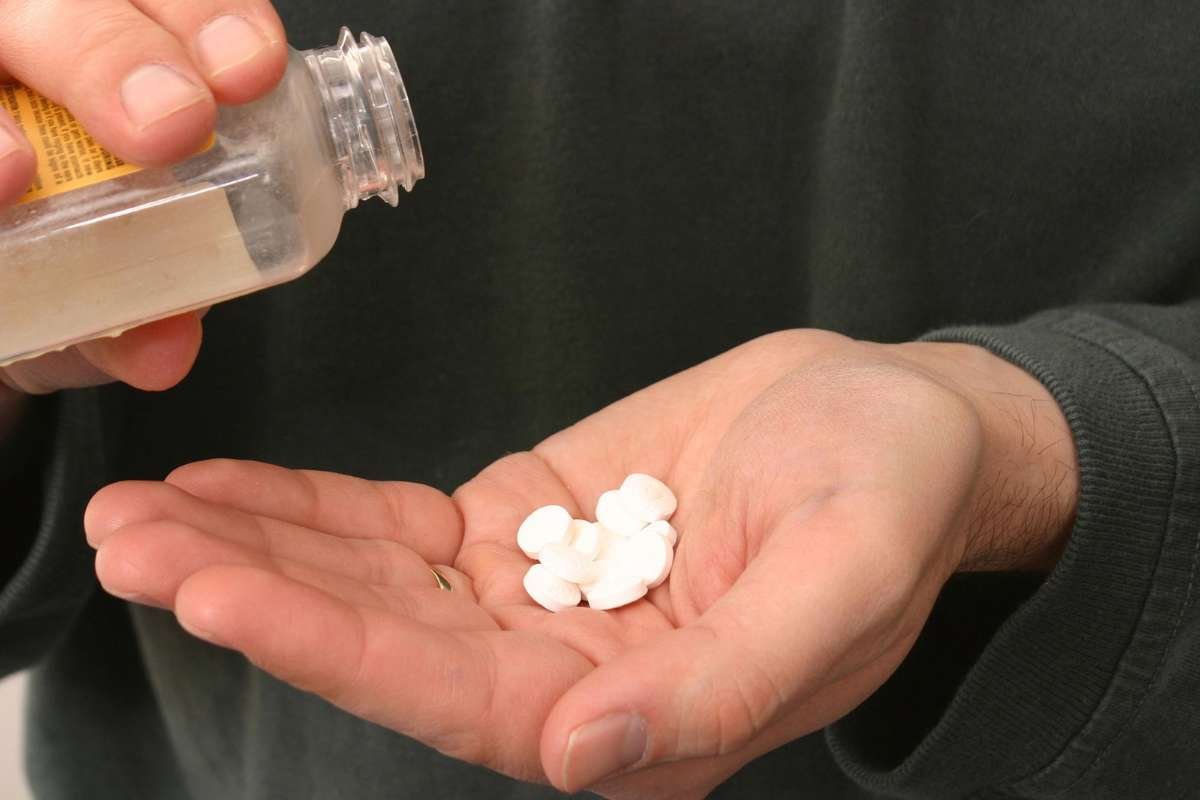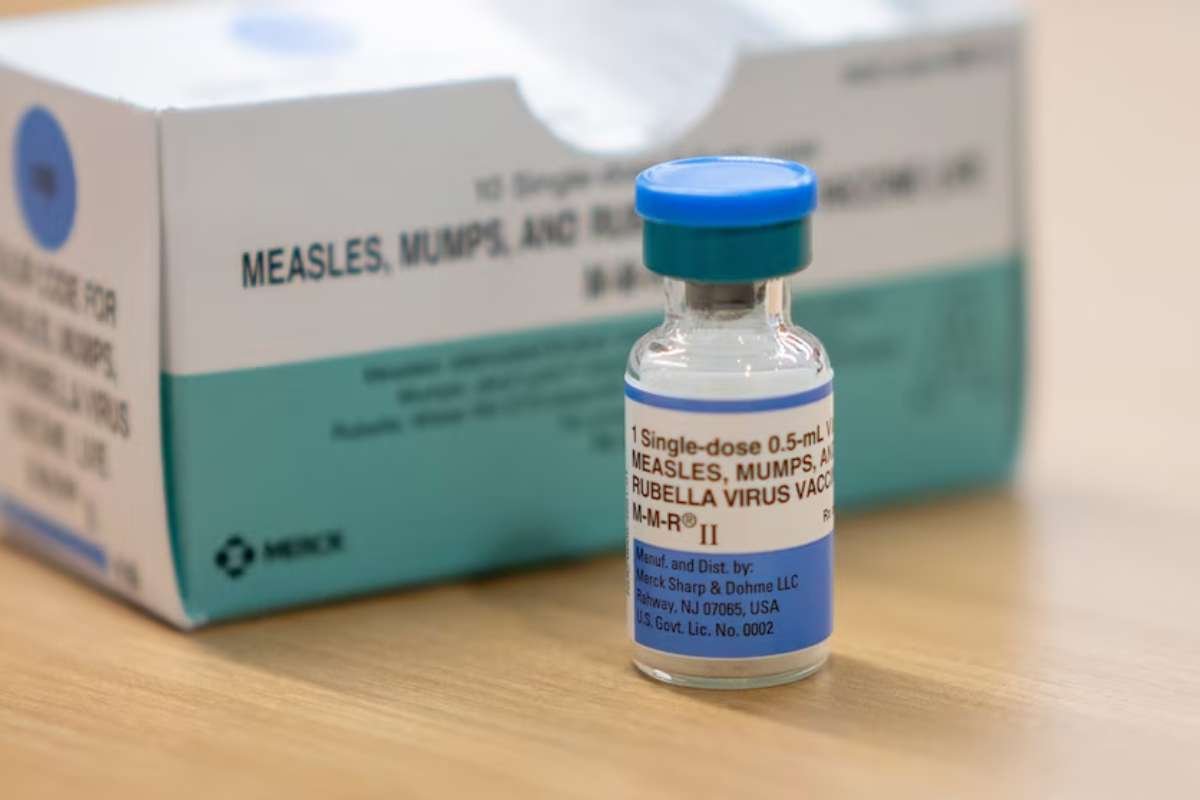Key Points:
- NY reports first local chikungunya case in 6 years.
- Risk of spread is low.
- Avoid mosquito bites, cause fever and joint pain.
MINEOLA, N.Y., Oct. 14—New York state health officials have confirmed the first locally acquired case of the chikungunya virus in the United States since 2019. The case was detected in a resident of Nassau County, Long Island, according to the state Department of Health.
The department announced Tuesday that the infection marks the first instance of local transmission in New York and the nation in six years. The chikungunya virus, primarily spread through mosquito bites, has recently seen increased activity in several countries, including China.
The Nassau County Department of Health reported that the patient developed symptoms in August. While the individual had traveled outside the region, officials confirmed the person had not left the United States. The patient’s identity has not been released.
Authorities said it remains unclear how the person contracted the virus. “We believe the infection was likely caused by a bite from an infected mosquito,” state Health Commissioner James McDonald said. He added that current testing has not detected the virus in local mosquito populations and that there is no sign of ongoing community transmission.
The mosquito species capable of carrying chikungunya virus, Aedes albopictus and Aedes aegypti, are present in parts of the New York City metropolitan area, including Long Island. However, health officials noted that with cooler autumn temperatures reducing mosquito activity, the immediate risk of further spread is low.
Symptoms and Risks
The chikungunya virus typically causes fever and severe joint pain, often accompanied by headaches, muscle aches, joint swelling, and rashes. According to the state health department, symptoms usually appear three to seven days after a person is bitten by an infected mosquito.
Most people recover within a week, though fatigue and joint pain can persist for longer periods in some cases. The illness is rarely fatal, but newborns, older adults, and individuals with chronic conditions such as diabetes or high blood pressure face a higher risk of complications.
The disease cannot be transmitted directly between people. Preventive measures focus on controlling mosquito populations and avoiding mosquito bites.
Previous Cases and Related Viruses
This year, New York has recorded three other cases of the chikungunya virus, all linked to international travel to areas where the virus is common. The United States last saw a locally acquired infection in 2019, health officials said.
Chikungunya was first identified in Africa in the 1950s and has since spread across tropical and subtropical regions. Large outbreaks have occurred in Asia, Africa, and the Americas over the past decade.
Health experts also noted that mosquitoes in New York are known to carry other viruses, including West Nile, Eastern Equine Encephalitis, and Jamestown Canyon viruses. State surveillance programs continue to monitor mosquito pools across the region for signs of these and other pathogens.
Commissioner McDonald urged residents to take precautions to prevent mosquito bites, including using repellents, wearing long sleeves, and removing standing water around homes. “Public awareness and preventive action are key to reducing the risk of mosquito-borne illnesses such as the chikungunya virus,” he said.
While the latest case has raised concerns, officials emphasized that the overall threat remains low due to seasonal weather and existing monitoring efforts.






